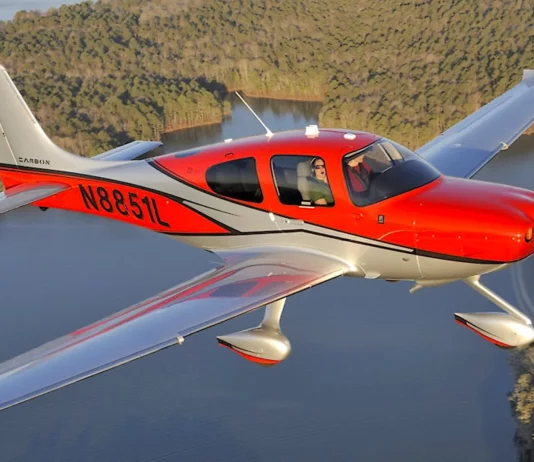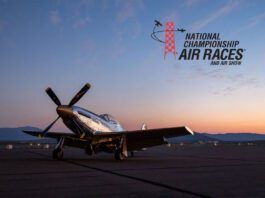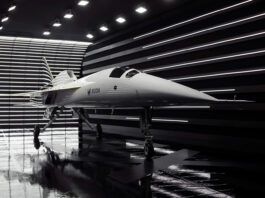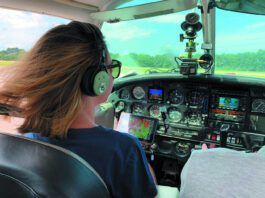Briefings: March 2014
The FAA is moving forward to integrate autonomous aircraft into the National Airspace System -- at an excruciatingly slow speed for operators eager to use unmanned aerial systems, but perhaps still too fast for pilots worried about safety and separation. The six sites are in Alaska, Nevada, North Dakota, Texas, New York, and Virginia. The FAA wants to see data showing that UASs can operate safely amid manned aircraft, and said the testing will continue until at least February 2017. The FAA also said it will establish rules to protect privacy as well as to ensure safe operations.
Briefing: February 2014
After weeks of speculation, Textron announced in late December that it would buy Beechcraft Corp., for $1.4 billion. Textron is the parent company of Cessna, Bell Helicopter, and Lycoming. The acquisition of Beechcraft is a tremendous opportunity to extend our general aviation business, said Textron CEO Scott Donnelly. Textron also will take on the profitable service business for Hawkers orphaned jet line, creating opportunities to convert those owners, as well as pilots upgrading from the…
Briefing: January 2014
Another light-sport amphibian has entered the field, this one from Vickers, a New Zealand company. The Wave, an Icon look-alike with a Lycoming IO-360 engine, will sell for under $180,000, the company said, and will be available for sale at EAA AirVenture in 2014. Kit manufacturer Vans Aircraft has a second batch of ready-to-fly RV-12s in production by partner Synergy Air, in Eugene, Ore. The first batch of 12 was announced a year ago and sold out the first day. The LSA version sells for $123,000, fully equipped, or $115,000 for the base model.
Briefing: August 2014
The Asiana Airlines flight crew mismanaged the descent of a 777 into San Francisco International Airport last July, the NTSB said in its probable-cause hearing in June. The pilots made several mistakes and by the time they decided to go around it was too late. The airplane hit the seawall, causing a fiery crash that killed three passengers and seriously injured 49. The board also found the complexities of the auto-throttle and autopilot flight director systems contributed to the crash, and should have been more clearly described both in Boeings documentation and in Asiana pilot training. Crew fatigue also was a factor. The board also said emergency responders on the scene, who ran over one of the crash victims with a fire truck, should have been better trained and equipped. The board followed up with 27 safety recommendations to the airline, Boeing, the aircraft firefighting group, and the city and county of San Francisco.
Briefing: July 2014
lectric-powered airplanes may still be far from mainstream, but interest in this technology continues to grow. In late April, Airbus engineers successfully flew the E-Fan, a tandem two-seater with a pair of electric-powered ducted fans on the tail. The batteries, carried in the wings, provide 30 minutes of flight.
Briefing: May 2014
Cirrus has been flying a Vision jet since 2008, but the first copy of the final production version flew for the first time on March 24. The jet is one of three conforming flight-test aircraft that will complete the flight-test regime, with deliveries expected to start late next year. Cirrus chief test pilot Mike Stevens flew the jet for an hour after takeoff from Duluth (Minn.) International Airport, and said it handled and performed very well and all systems functioned properly, just what you want in a first flight. The SF50 is a seven-seat, pressurized, single-engine jet, with a price of $1.96 million. Cirrus CEO Dale Klapmeier said the company has 500 reservations for the aircraft.






